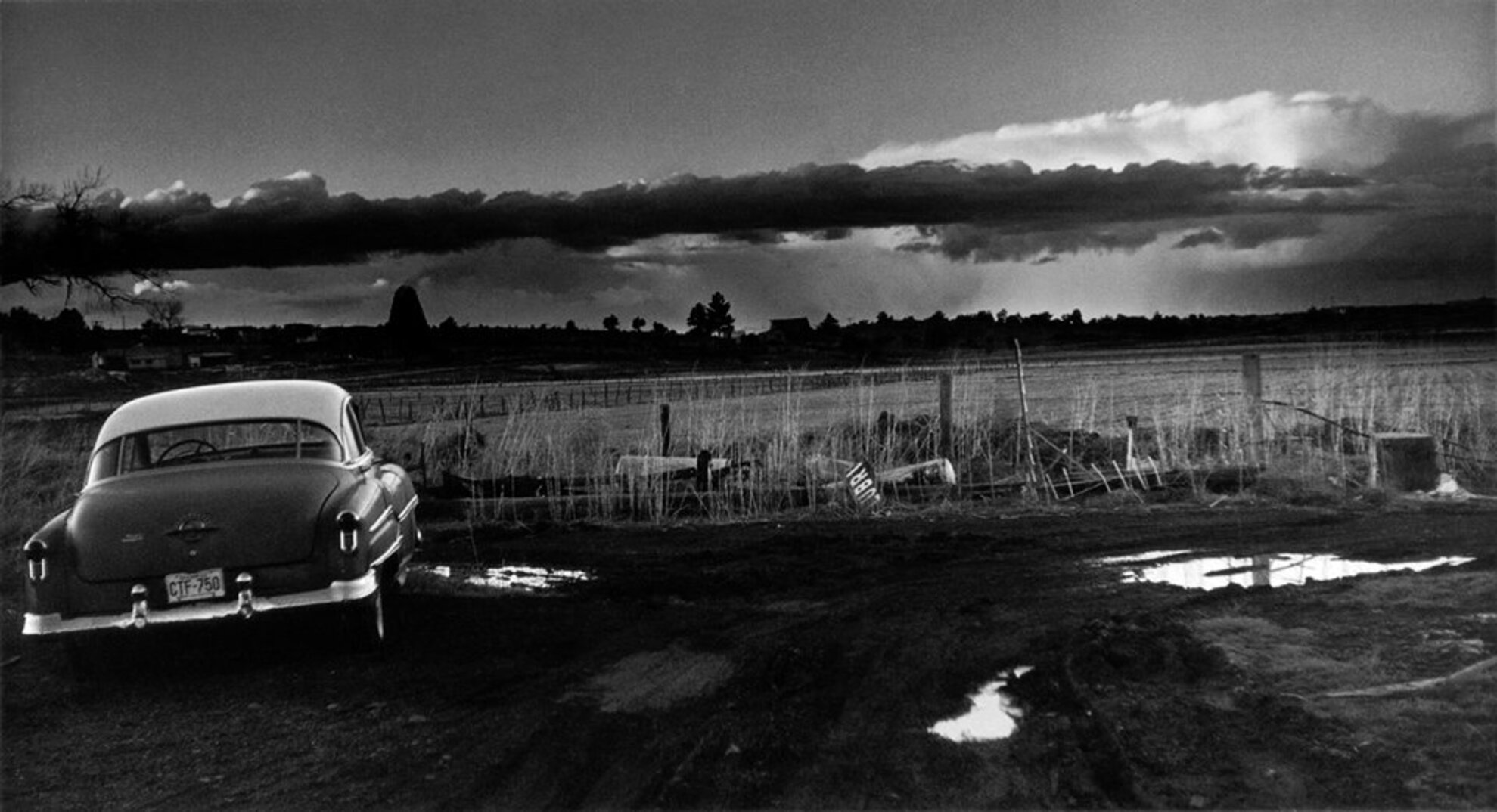Academy Award winning cameraman
Vilmos Zsigmond
, recognized also with numerous other prestigious international cinema awards, is known for his contribution to films such as
The Deer Hunter
,
Close Encounters of the Third Kind
, and
The Black Dahlia
. A trademark of his works is the creative and artistic application of light. Due to his unique style, his lifework is widely variegated: sometimes his shots are poetic, and sometimes they are realistic, detailed, or grandiose.
It is his photos never shown in public before that provide the core of the present exhibition. Vilmos Zsigmond started to take a serious interest in photography in the early 1950s, while still in Hungary. He was majorly influenced by
Jenő Dulovits’ book The Art of Photography
, published in several languages. With the help of this book he mastered the principles of composition, the significance of lighting and the characteristics of film's raw materials on his own. He also personally developed his photos, learning the methods used in photo labs in the process. These lessons matured some more during his filming years, and contributed to splendid filmography, which started at the same time as the
New Hollywood
period of American film.
Some 150 pictures, organized in multiple groups, encompassing a timeline from the 1940s until the present day present the main characteristics of Vilmos Zsigmond’s creative mind. The
exhibition
also features several films of the cameraman to highlight and help interpret the connections of photography and film.
Curators:
Tomas Opitz, Bea Puskás
.

Culture
Photos and films by Vilmos Zsigmond
Event details
Ludwig Múzeum Shop
Ludwig Múzeum Shop
Facebook
Saturday, 11 April 2015 10.00am - Sunday, 21 June 2015 12.00am



